Want to contribute to this article?
If your business operates an IT service desk as a communication point with customers, Service Desk Certification (SDC) is a valuable way to demonstrate quality and best practice.
The Service Desk Institute's SDC programme borrows heavily from ISO 20000 to provide a series of quality benchmarks for IT service operations.
Here's how to hit and demonstrate SDC compliance with the Electronic Quality Management System (EQMS) supplied by Qualsys.
.jpg?width=588&name=Charlie%20Rees%201000px%20(1).jpg)
The 9 concepts
Service Desk Certification hinges on demonstrating quality in 9 core areas. Let's tackle each in turn.
1. Leadership
Requirement: Demonstrating engagement and commitment to continuous improvement from business management, from board level to departmental/operational managers.
Applying EQMS: Provide EQMS log-in access to all levels of management.
Add quality policies, commitment statements, meeting minutes and management-approved SOPs into Document Manager, viewable by all relevant personnel.
Set periodic document and process reviews to demonstrate continuous top-down engagement.
Build a professional development pathway in Training Manager. Use the modular training matrix to build leadership skills in line with your culture and promote current and future business leadership.
Integrate management personnel into your internal audits in Audit Manager by targeting audit questions at leadership competence and understanding.
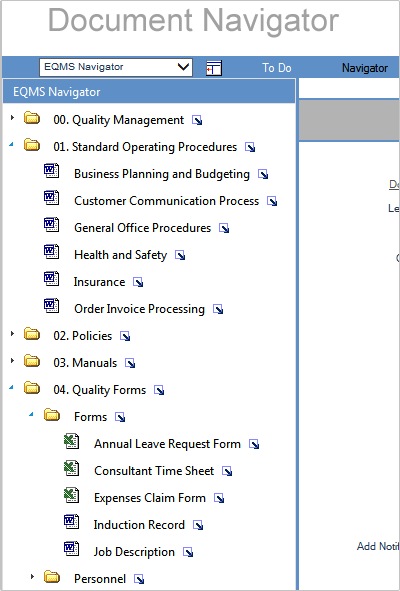
2. Policy & Strategy
Requirement: Show clear company values and objectives and how they are reviewed, measured and fed into day-to-day service desk policies and operations.
Applying EQMS: Categorise all policies, instructions and manuals simply and transparently in Document Manager for personnel to access only approved and up-to-date ways of working.
Perform audits and inspections in Audit Manager to ensure company protocols are being followed.
Track KPIs and critical success factors like complaint resolution speed within the Business Intelligence Dashboard.
Enforce continuous improvement with CAPA and complaint resolution workflows in Issue Manager.
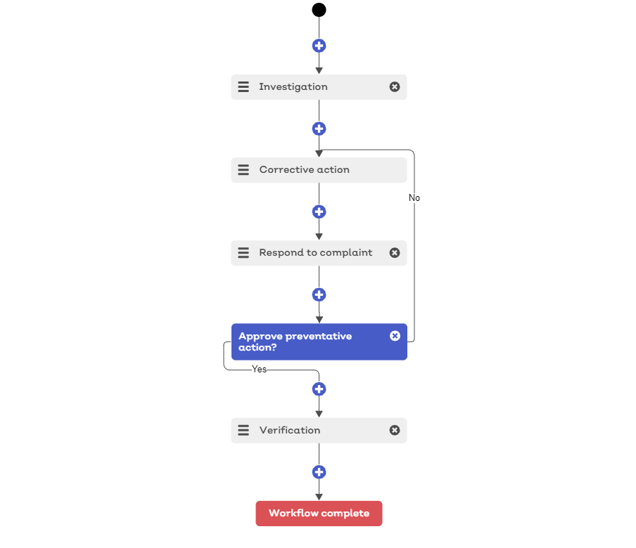
3. People management
Requirement: Staff understand their role requirements and are supported to reach their full potential.
Applying EQMS: Add job descriptions, responsibilities and accountabilities into Document Manager for staff to access, along with appraisal, personal development and pay reviews (with viewing restrictions!)
Build individual training pathways in Training Manager with direct employee input and use the skills matrix to pinpoint any competence gaps.
And when staff are onboarded, run them through onboarding audits in Audit Manager to make sure they're properly embedded.

4. Resources
Requirement: Company tools and systems are properly used and maintained for staff to hit individual and team objectives and optimise customer experience.
Applying EQMS: Build forms with custom fields in Issue Manager to record and handle all operational issues, NCRs, complaints, changes and incidents. Use workflows to assign and track actions among teams and personnel.
Record all service desk assets and equipment within Equipment Manager and schedule ongoing calibration and maintenance checks.
Add an operational chart into Document Manager, detailing all personnel and departments. Set periodic reviews of all documents for a centralised repository of company information that is always up-to-date.
Track supplier relationships, contracts and SLAs within Supplier Manager.
And where relevant, share access to EQMS with customers and suppliers through dedicated private portals. Customers and suppliers can access controlled documents and track outstanding actions as they are completed.
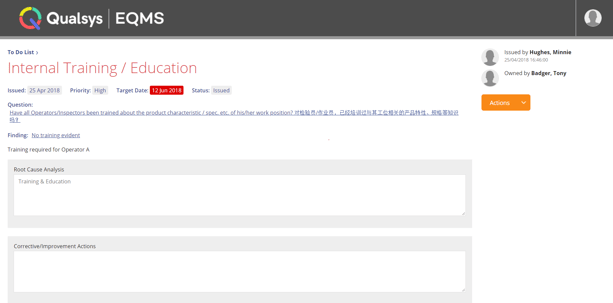
5. Processes and procedures
Requirement: Demonstrate appropriate, documented processes and procedures which are continually reviewed and optimised.
Applying EQMS: Give all staff access to EQMS with viewing permissions for relevant processes and procedures in Document Manager. Version control is automatically enforced by the module so only the latest processes are followed.
Build a risk framework in Risk Manager to record, control and treat the risks impacting your processes and procedures.
Standardise how processes are followed and changed by building dedicated workflows in Issue Manager.
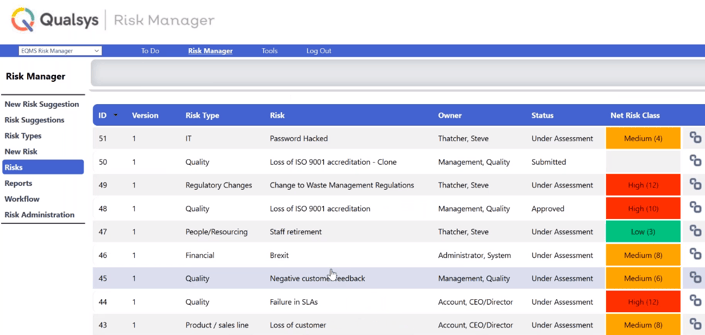
6. Employee satisfaction
Requirement: Staff are empowered and supported to work in a way that makes them satisfied in their service desk roles.
Applying EQMS: Give staff control and visibility of their professional development with Training Manager.
Empower staff to whistle-blow, flag issues or suggest improvements with a Kiosk station positioned near your service desks.

7. Customer experience
Requirement: Demonstrate control of your customer interaction touchpoints and how they are managed to maximise customer loyalty and satisfaction.
Applying EQMS: Build customer feedback, complaint and suggestion issue types in Issue Manager with automated workflows. Add workflow steps into CX processes like:
- Target periods for response times
- Sharing with the customer how their feedback has been applied
- Funnelling actions to relevant personnel
Document customer persona information, feedback information, customer-facing processes and continuous improvement initiatives in Document Manager.
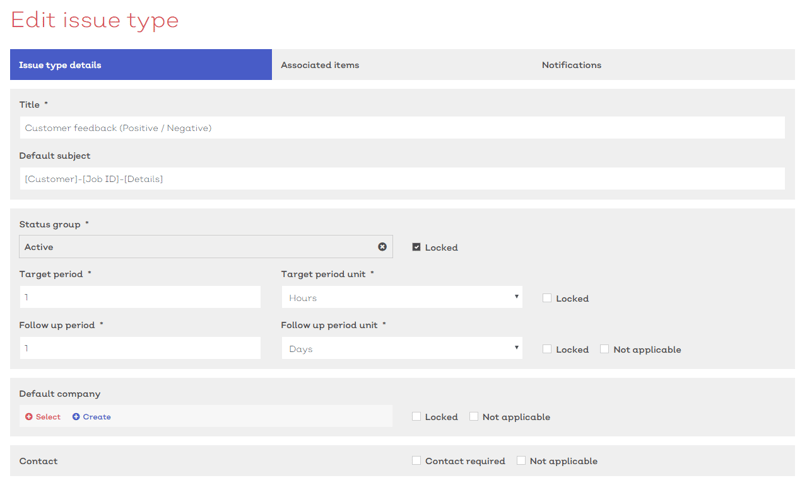
8. Management info and performance results
Requirement: Measure all aspects of service desk performance, and use those metrics to support management decision-making.
Applying EQMS: Use the Business Intelligence Dashboard to track any quality KPI managed within EQMS, including:
- Number of incidents
- Number of service requests
- Average response time
- Abandon rate
- Incident resolution rate
- Total cost of service delivery

Set up automatic email reports to be delivered at your chosen time period (daily, weekly and so on) to the management team.
And use Audit Manager to assess team competence and understanding and track performance against targets.
9. Social responsibility
Requirement: Operate your service desk with corporate ethics that support the wellbeing of staff and the outside world.
Applying EQMS: Use your integrated EQMS to support accreditation to ISO 26001, 27001 or 45001.
Commit to a responsibility and diversity policy with behavioural guidelines, and add them into Document Manager for employees and auditors to access.
Complete regular audits in Audit Manager to ensure the working environment and staff equipment are safe, ergonomic, support your social policies, and are suitable for use.
And use Supplier Manager to review and assess your suppliers and ensure your supply chain commits to ethical standards.
Next steps
Looking to take your service desk operational quality to the next level?
Learn more about the functionality of EQMS by accessing our free datasheets:






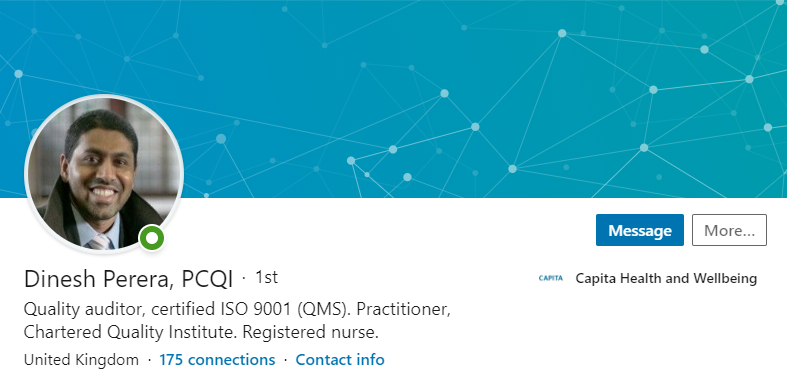

Share your thoughts on this article